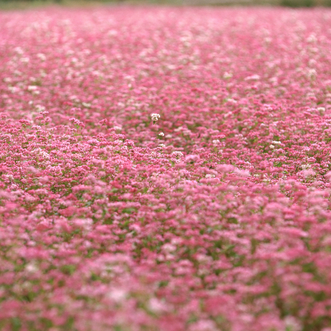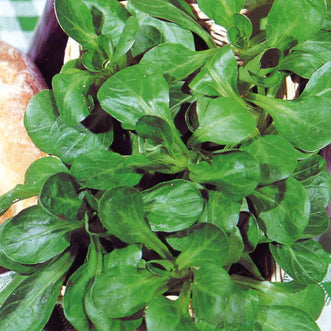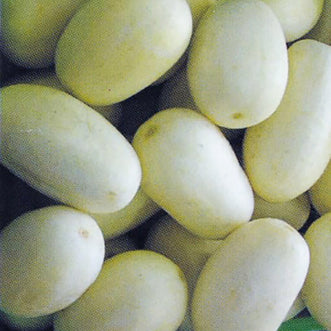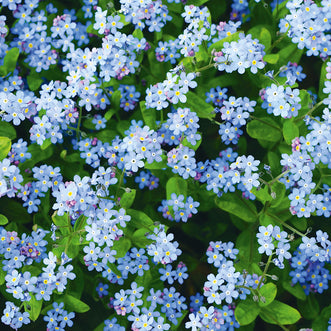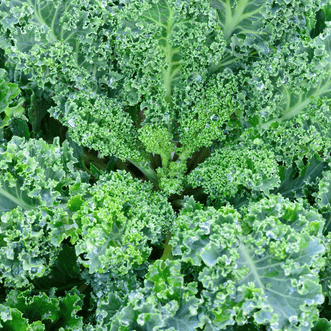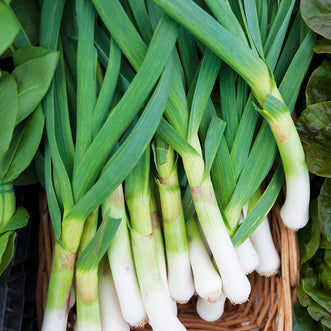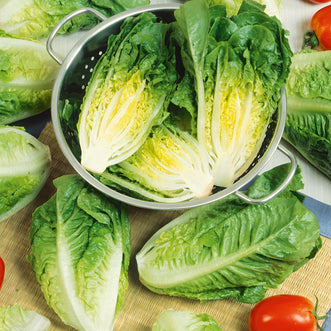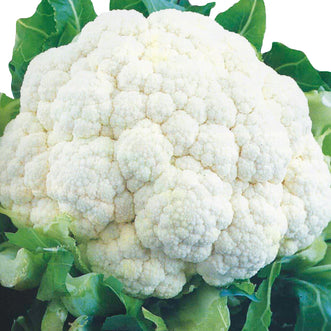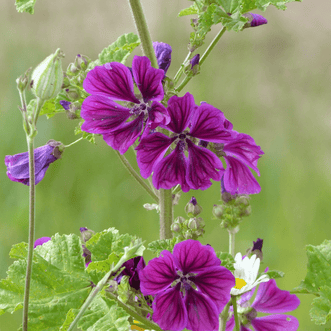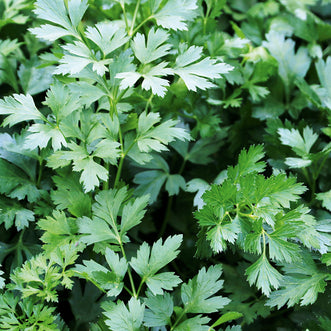Winter Gardening 101: How to Keep Your Garden Thriving in the Cold
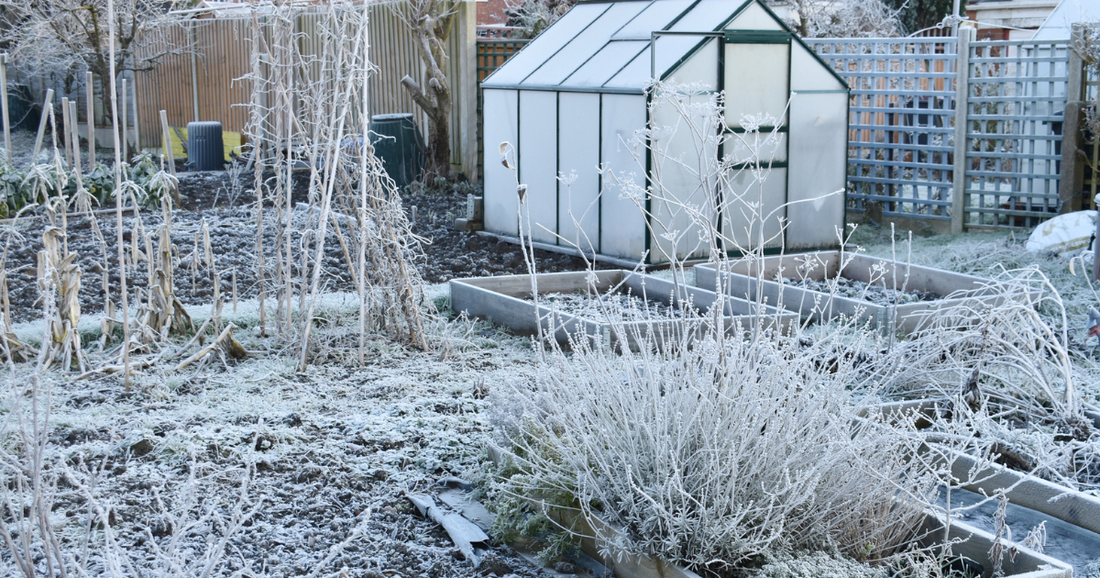
Winter Gardening 101: How to Keep Your Garden Thriving When the Temperature Drops
Winter is a magical season transforming the landscape with its frosty beauty, but it can also be a trying time for gardeners. With the proper preparation and know-how, however, your garden can thrive even when the temperature drops. In this article, we'll provide winter gardening tips on preparing your garden for the New Zealand cold, mitigating winter gardening challenges, and keeping your garden healthy and productive.
Mitigating Winter Gardening Challenges
Winter gardening involves a variety of challenges, including pests, diseases, and harsh weather conditions. Insects like aphids, spider mites, slugs and snails are common winter pests that can damage plants, while diseases such as powdery mildew and root rot can also thrive in cold weather. The chilly climate can cause problems like frost damage, freezing, and soil erosion. Addressing these challenges is crucial for maintaining your garden's health and ensuring your plants thrive throughout winter.
It is essential to take preventative measures for pests and diseases. Regularly inspect your plants for signs of infestation or disease and remove any affected parts immediately. Provide adequate air circulation and avoid overwatering your plants. Consider using natural pest control methods, such as companion planting, insect netting and wool mulch.
Preparing your garden for the cold is also essential. Try these winter gardening tips. Start cleaning your garden by removing dead plants, leaves, and debris. Use organic matter like compost to amend the soil and mulch to protect the roots from the cold. Add windbreaks like protective fences or hedgerows to shield your garden from harsh, bitter winds.
Winter Vegetables: What to Sow and Grow in Winter
At Kings Seeds, you can find a wide range of seeds and products ideal for winter gardening. Our winter vegetable collection includes brassicas, root vegetables, and leafy greens suited to New Zealand's cooler climate.
When planting winter vegetables, it's important to start early in the season to give them enough time to mature before the coldest weather sets in. Use a frost cloth or protective covering to shield your plants from frost and chilly winds. Water your plants carefully, ensure not to overwater them, and provide adequate sunlight and nutrients.
Knowing what to plant in winter and growing your own vegetables during the cooler months has many benefits. Enjoy fresh, healthy produce all year round, save money on groceries, get outside, and reduce your carbon footprint by avoiding produce transported from far away.
Winter Flowers: Adding Colour and Life
If you're wondering what to plant in winter to brighten up your garden, there are plenty of options for winter-blooming flowers that can withstand the cold weather. Some popular choices include pansies, cyclamen, stock, calendula, violas, and sweet peas. These winter flowers come in a variety of colours and can add a pop of life to your outdoor space.
When planting winter flowers, choosing a location with well-draining soil and good sunlight is important. Water your plants regularly, but be careful not to overwater them, which can lead to root rot.
Maintaining winter flowers can have numerous benefits, such as attracting pollinators and improving mental health. Plus, the colour and life they can bring to your garden in winter is a great way to combat the season's dullness.
Winter Harvesting
Winter gardening can be just as rewarding as gardening during the warmer months. Many winter vegetables can keep the bellies full and warm, including:
Broccoli - cut the main head when it is firm and tight. After it is cut, the plant will often produce smaller side shoots that can be harvested later. To use broccoli, you can steam it, roast it, or add it to stir-fries and salads.
Cabbage - cut the head off at the base of the plant. To use cabbage, you can make coleslaw, sauerkraut, or add it to soups and stews.
Cauliflower - cut the head when it is firm and white. You can roast it, mash it, or add it to soups and casseroles.
Kale - pick the leaves from the outside of the plant, leaving the inner ones to continue growing. You can sauté it, bake it into chips, or add it to smoothies.
Leeks - dig them up with a fork or pull them out by hand. To use leeks, you can add them to soups, stews, or use them as a savoury base for quiches and frittatas.
Carrots - gently pull them out of the ground by the leaves. You can eat carrots raw as a snack, roast them, or add them to stews and soups.
Parsnips - gently pull them out of the ground by the leaves. To use parsnips, you can roast them, mash them, or add them to soups and stews.
Beetroot - gently pull them out of the ground by the leaves. You can roast beetroot, boil it, or add it to salads.
Radishes - gently pull them out of the ground by the leaves. To use radishes, you can slice them into salads, use them as a garnish, or pickle them.
Spinach - pick the outer leaves and leave the inner ones to continue growing. You can sauté it, add it to quiches and frittatas, or use it as a base for salads.
Lettuce - pick the outer leaves and leave the inner ones to continue growing. Use it as a base for salads, add it to sandwiches, or use it as a bed for grilled meats.
Silverbeet - cut the outer leaves and leave the inner ones to continue growing. Sauté it, add it to soups and stews, use as a substitute for tortillas.
Planning for Spring: A Winter Activity
Winter season is the perfect time to start planning for your spring gardening activities. You can sit back, relax, and think about what plants you want to grow and how you want to design your garden. You don't have to rush your decisions; you have plenty of time to make thoughtful choices. To plan your spring garden effectively, you should begin by evaluating your garden space and light, then researching which plants best suit your local climate. With a little planning and preparation, you can ensure a successful and bountiful spring garden that will provide for months to come!
Make the Most of Your Garden in the Winter Months
So, fear not; winter gardening can still be an enjoyable and productive activity to keep your gardening skills sharp throughout the year. With the right preparation and knowledge, you can have a thriving winter garden that adds beauty, nutrition, and joy to your life in all seasons. Be on the lookout for our upcoming article discussing how to plan your garden during the winter months.
Transform your gardening experience by following our social channels and gaining access to exclusive gardening tips, tricks, and advice. Kings Seeds offers a vast collection of guides, seed collections and products, so you can plant your garden with ease and confidence. Don't miss out on this opportunity to elevate your gardening game!
Sow, Nurture, Nourish with Kings Seeds.







